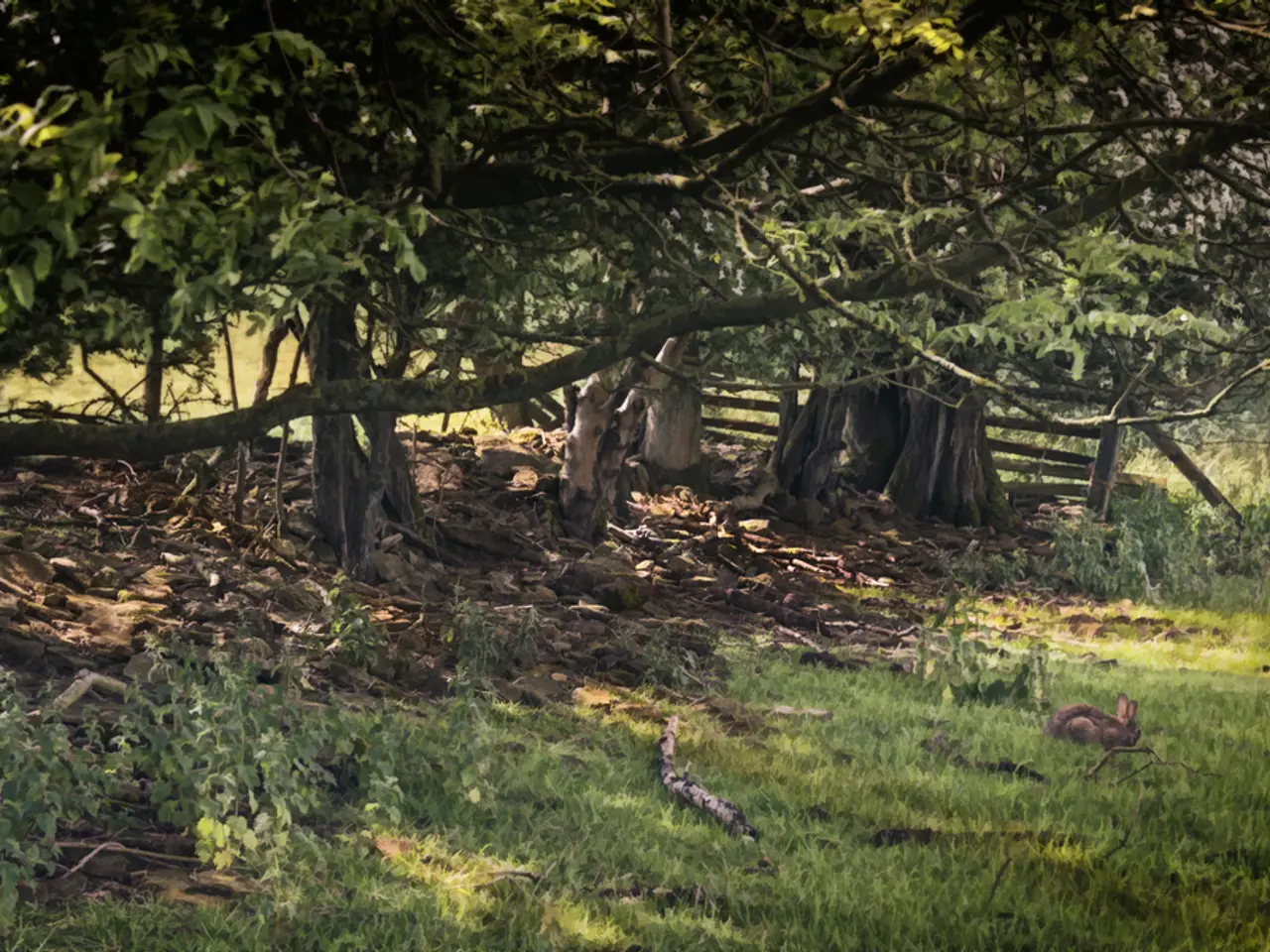Explore Silk buys: A comprehensive tutorial on purchasing silk fabric
=====================================================================================
Silk, often referred to as the "queen of fabrics," is a luxurious material known for its versatility and elegance. This versatile material can be found in various forms, from clothing and home decor to artistic creations. In this article, we delve into the world of silk, exploring its different types, characteristics, and how to choose the right one for your specific project.
Types and Characteristics
Silk production primarily comes from several types of silkworms, each resulting in unique silks with different colours, textures, and regional origins. Among these, the most common and prized variety is Mulberry silk, produced by silkworms fed exclusively on mulberry leaves. It yields long, strong, and lustrous fibers with a pearly white colour, especially in the highest quality (Grade A or 6A).
Other types of silk include Eri silk, Tasar silk, Muga silk, and more. Eri silk, known as the "peace silk," is spun from open-ended cocoons and has a more cotton-like texture, a natural ivory or off-white colour, and is warmer but less lustrous than mulberry silk. Tasar silk, derived from wild silkworms on oak and other trees, features a natural golden brown colour and a coarser texture. Muga silk is known for its natural golden yellow colour and is extremely rare and prized for its sheen and durability.
Grades of Mulberry Silk
Mulberry silk quality grades highlight thread length, impurities, texture, and colour. The highest grade, Grade A (6A), features long threads, almost no impurities, pearly white colour, smoothness, and lustre. Lower grades, such as Grade B and Grade C, have shorter threads, more lumps, rougher feel, and require chemical treatment for whiteness.
Momme Weight
Momme (mm) is a unit measuring silk fabric density (weight per square yard). Common momme weights range from 8 to 22 mm. Lower momme weights (6-12 mm) are lighter, suitable for scarves or linings, while mid-range (14-19 mm) is good for apparel such as shirts or dresses. High momme (20+ mm) is thicker, used for bedding or upholstery requiring durability and a heavier feel.
Color and Dyeing
Silk can be naturally white (mulberry), cream, or coloured (like Muga's golden). It accepts dyes very well due to its protein structure, resulting in vibrant, deep hues. Dyeing processes include acid dyes and fiber-reactive dyes, but the silk's quality affects dye uptake and colourfastness. Natural or organic dyes can be used for sustainable projects, but synthetic dyes offer broader colour options.
Silk Blends and Alternatives
Silk blends combine silk with other fibres like cotton, wool, or synthetic materials to add strength, reduce cost, or alter texture. Alternatives include rayon, polyester satin, nylon chiffon, or silk-like fabrics mimicking sheen and drape but usually with lower cost or easier care. Blends and alternatives may lack the natural breathability and softness of pure silk but offer more affordability and durability in some applications.
How to Choose the Right Silk for Specific Projects
Choosing silk depends on balancing quality (grade), weight (momme), texture, and application needs. For luxurious softness and shine, Grade A Mulberry silk with an appropriate momme is ideal. For structure (e.g., bridal gowns), fabrics like silk organza are preferred. For warmer, textured fabrics, Eri or Tasar silk or blends may be best.
If colour vibrancy and dyeing are key, pure silk accepts dyes well, but quality affects results. Blends may reduce costs or improve care but usually alter the natural silk feel.
In summary, understanding the silk type, grade, momme weight, and fabric weave is essential to selecting the right silk for any specific project. With this guide, you are now equipped to make informed decisions when selecting silk for your projects, ensuring the perfect balance of quality, texture, and application for your unique needs.
In the realm of fashion-and-beauty, silk, the "queen of fabrics," offers a luxurious touch, finding its way into wardrobes as clothing and lingerie.
When seeking silk for home-and-garden projects such as upholstery and bedding, consider higher momme weights for durability and a heavier feel. For shopping silk, understanding the silk type, grade, momme weight, and fabric weave will help you choose the right one for specific projects, ensuring the perfect balance of quality, texture, and application for your unique needs.




